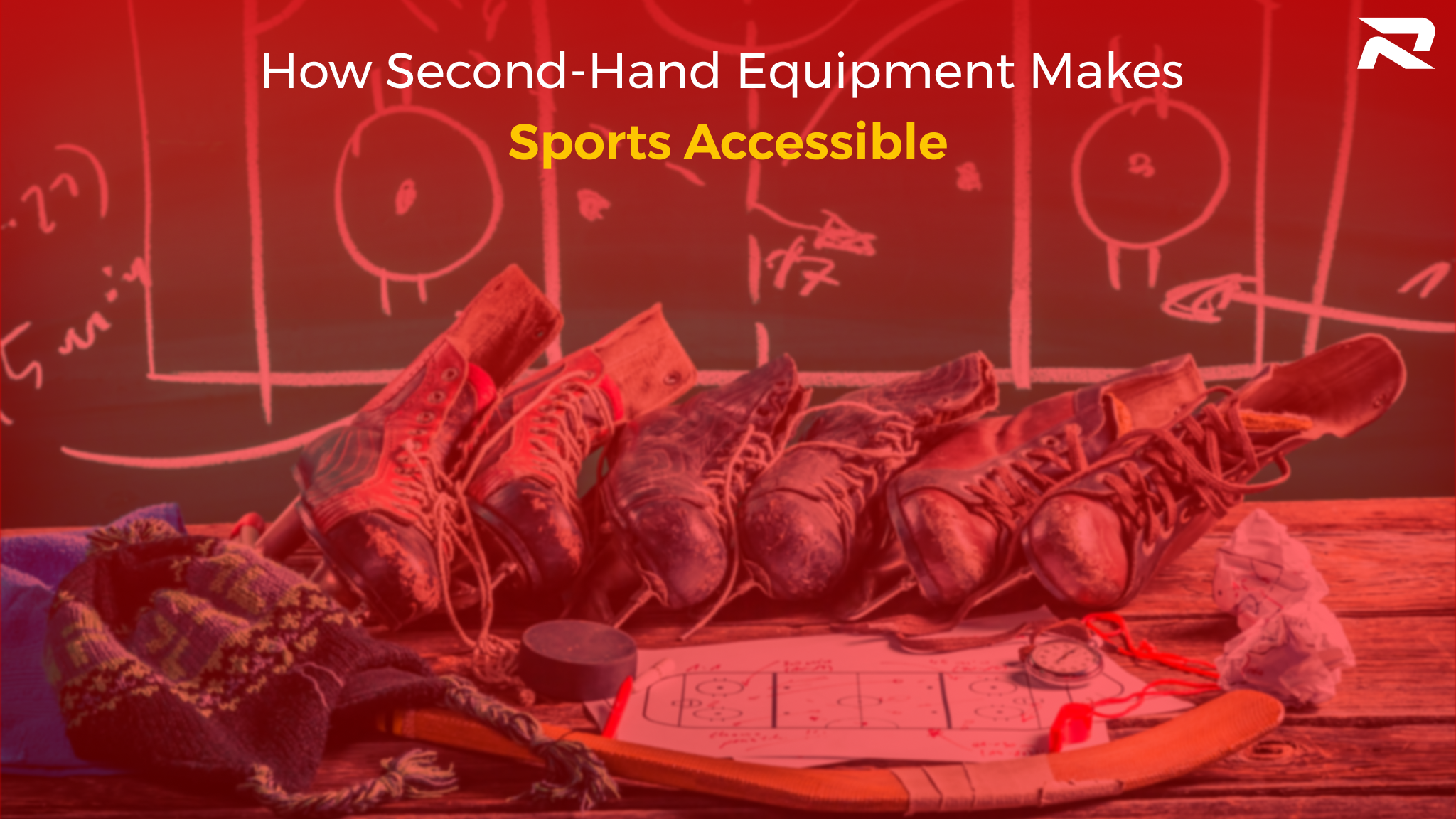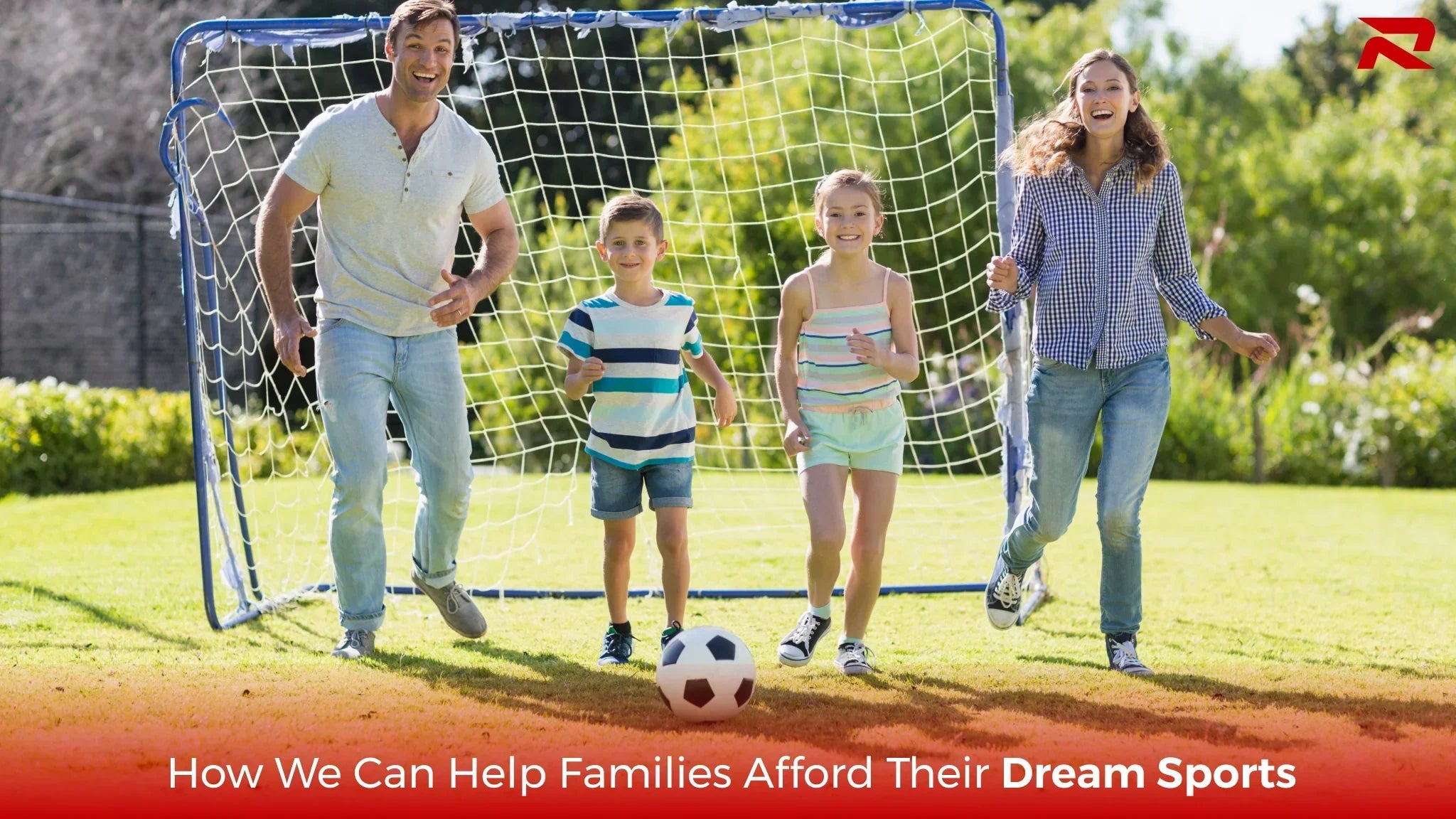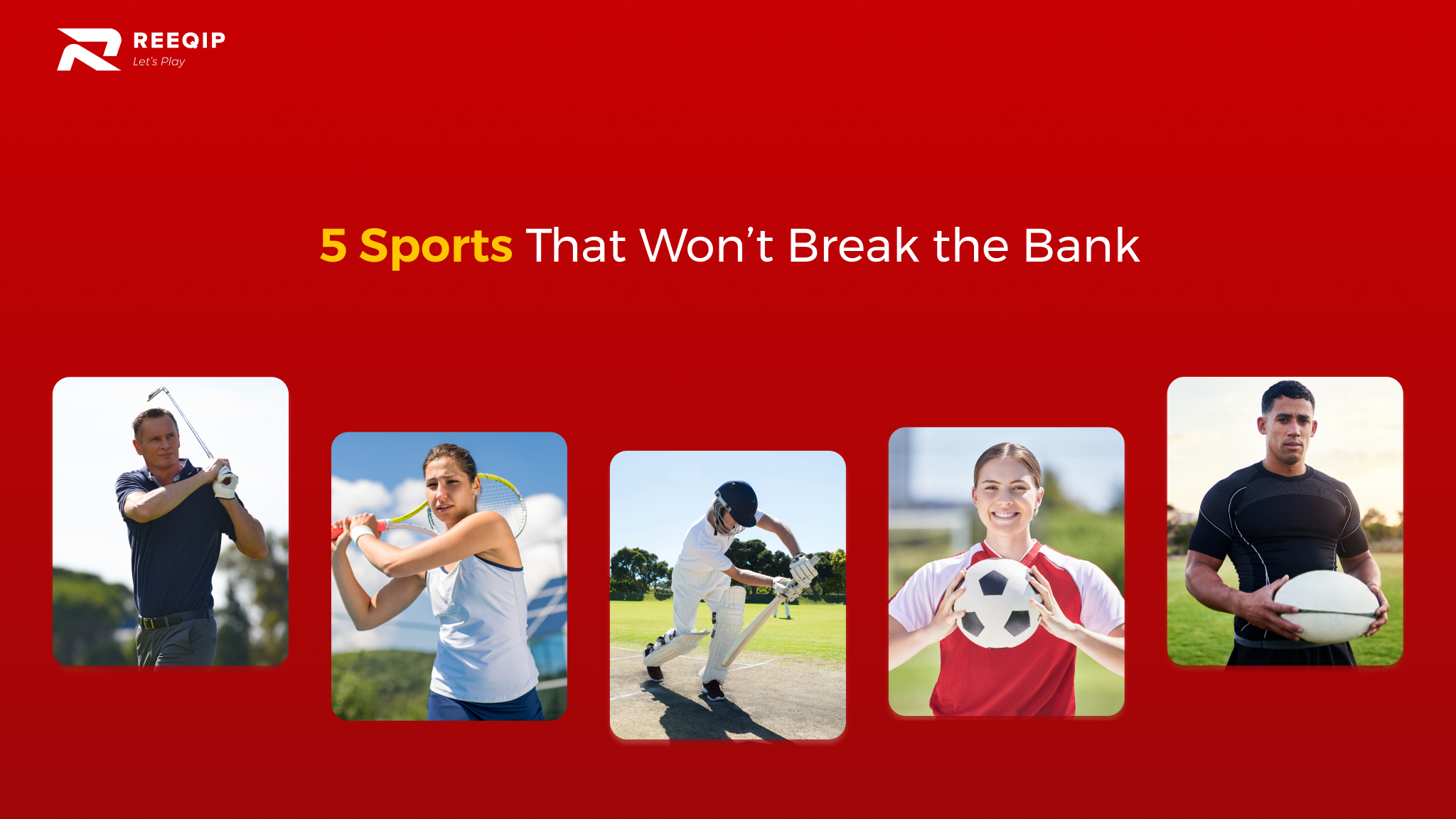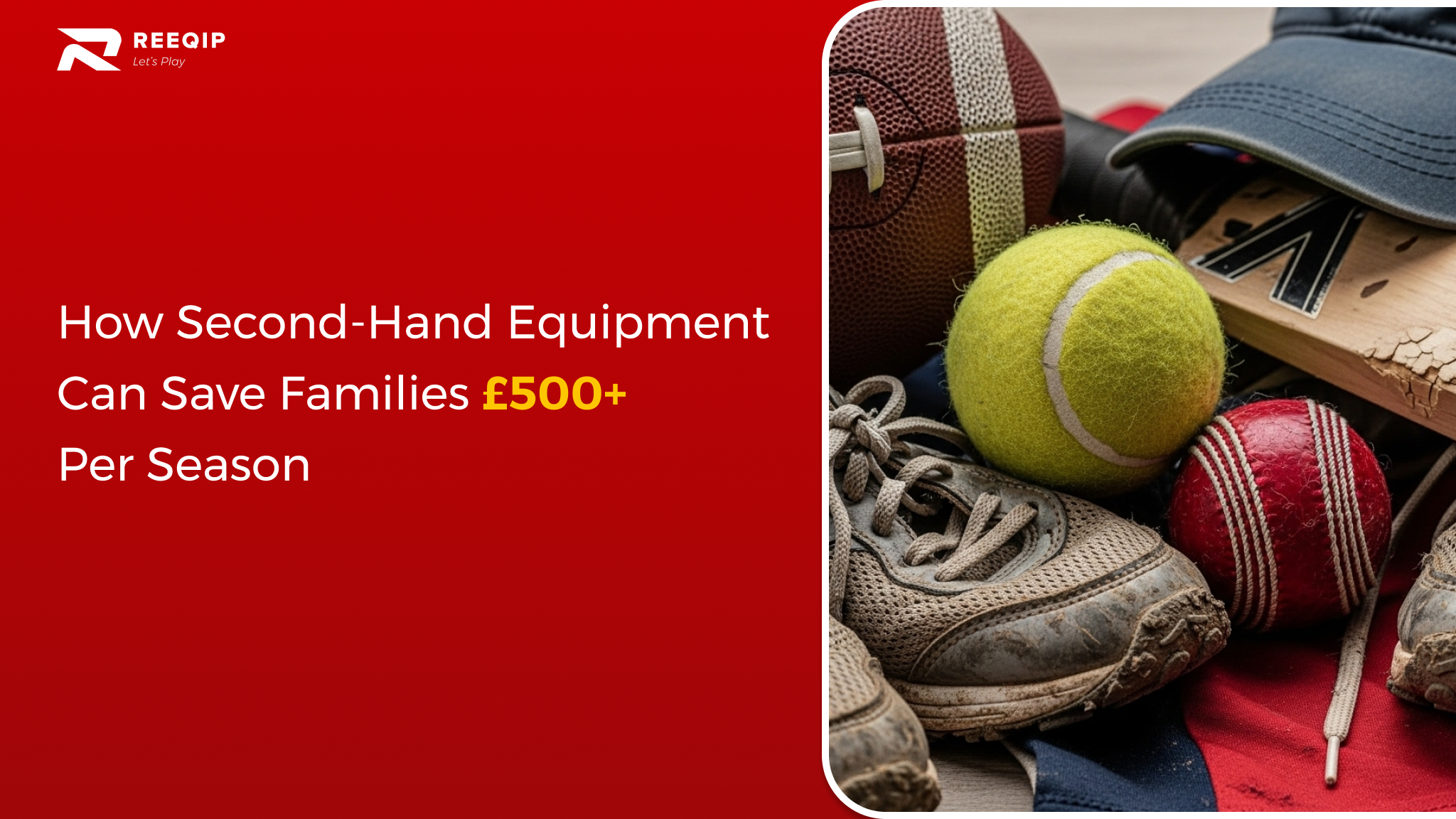The Economics of Sports: How Second-Hand Equipment Makes Sports Accessible
Ask any parent: the cost of kids’ sports is staggering. It’s not just the monthly membership; it’s the relentless financial sprint to keep up. The boots that no longer fit, the new kit for the new season, the specific racket, the mandatory protective gear. For many families, especially now, this isn’t just an inconvenience it’s a solid, impassable barrier.
We are in the midst of a silent crisis in youth sport. While the passion for the game burns brightly in communities up and down the country, the economic reality is extinguishing it for too many. The conversation is no longer just about creating future champions; it’s about ensuring every child has the basic right to play.
The Real Cost of a Place on the Pitch
The barriers to sports participation are well-documented but no less shocking for it. Experts at the Graduate School of Sport & Professional Practice, University of Birmingham, confirm a stark truth: young people from low-income households are significantly less likely to participate in organized sports. The reason is not a lack of talent or interest—it's cold, hard cash.
The costs are twofold:
•Direct Costs: The obvious ones. The £60 football boots, the £100 club membership fee per term, the £30 for shin pads, and the £10 weekly match fee. Then there's the petrol money for trips to often out-of-town facilities, which can easily add another £15 a week.
• Indirect Costs: The hidden enemies. The time off work for parents to ferry kids to training, the access to reliable transport, and the sheer mental energy of budgeting for it all.
Before a child even steps onto the pitch, a family can be facing an initial outlay of £200-£300. In the current climate, that’s a prohibitive sum for a growing number of households. This financial barrier is creating a two-tier system where a child’s athletic potential is determined by their postcode and their parents’ pay cheque, not their passion.
The Second-Hand Revolution: More Than Just Saved Money
This is where the narrative shifts. For years, buying second-hand was often seen as a last resort, tinged with stigma. But a powerful revolution is underway, reframing pre-loved gear as what it truly is: a smart, sustainable, and community-minded game-changer.
A UK-wide survey highlights this shift, finding that more than one in five people now actively choose pre-loved sporting equipment because it saves them significant money without sacrificing quality. This isn’t about compromise; it’s about being savvy.
The economic impact of this collective choice is breathtaking. Let’s do the maths. Imagine just 10,000 families across the UK save a conservative £150 on initial equipment costs by buying second-hand for one sport. That’s an aggregate saving of £1.5 million—money that is immediately reinvested back into the sports ecosystem.
That £1.5 million isn’t vanishing. It’s being redirected. It pays for a full season of match fees, unlocks professional coaching sessions, covers costly travel to away games, or allows a sibling to also join a club. On a national scale, if this trend continues to grow, we are talking about tens of millions of pounds being freed up and reinvested into youth sport annually, keeping kids in the game and clubs afloat.
Building a Team Spirit That Goes Beyond the Game
The power of the second-hand sports economy isn’t just financial; it’s profoundly social. Gear-swap schemes and pre-loved markets are powerful community-builders.
Initiatives like local club Facebook groups or organised ‘kit amnesties’ do more than just move products. They foster a culture of mutual support. A parent whose child has outgrown their hockey gear isn’t just selling it; they’re passing on an opportunity to another family. This act breaks down stigma, creating a powerful sense of inclusion and shared purpose. It sends a message: “We’re in this together. Our club is a community that supports its own.”
The Final Whistle: A Call to Action
The evidence is irrefutable. The second-hand sports equipment market is no longer a niche concept; it is a critical piece of infrastructure for the health of our nation’s youth sport. It is a practical, powerful tool that directly tackles economic exclusion, reduces environmental waste, and strengthens community bonds.
The challenge is now one of awareness and scale. As parents, we can choose to buy and sell pre-loved first. As clubs, we can actively promote and host swap schemes. And as a society, we must champion this movement while simultaneously advocating for the policy changes that will make sport accessible for all.
So, next time your child needs new kit, think of it as more than a purchase. Think of it as a choice. You can choose to support an unsustainable cycle of new consumption, or you can choose to become part of a community-powered solution—a solution that keeps kids playing, saves families money, and builds a stronger, more inclusive sporting future for everyone.
That’s not just a good deal; it’s a win-win.









Rahul22 —
Very informative and useful.